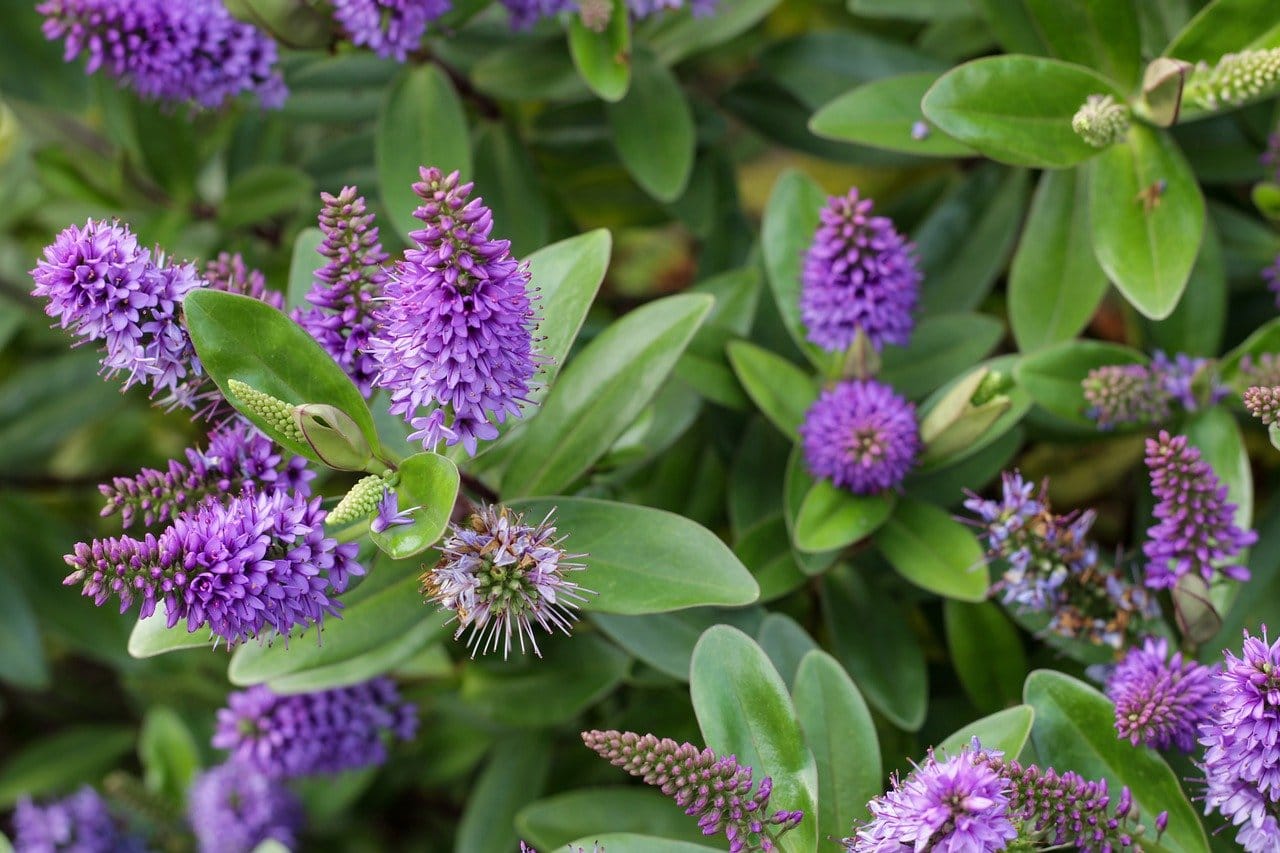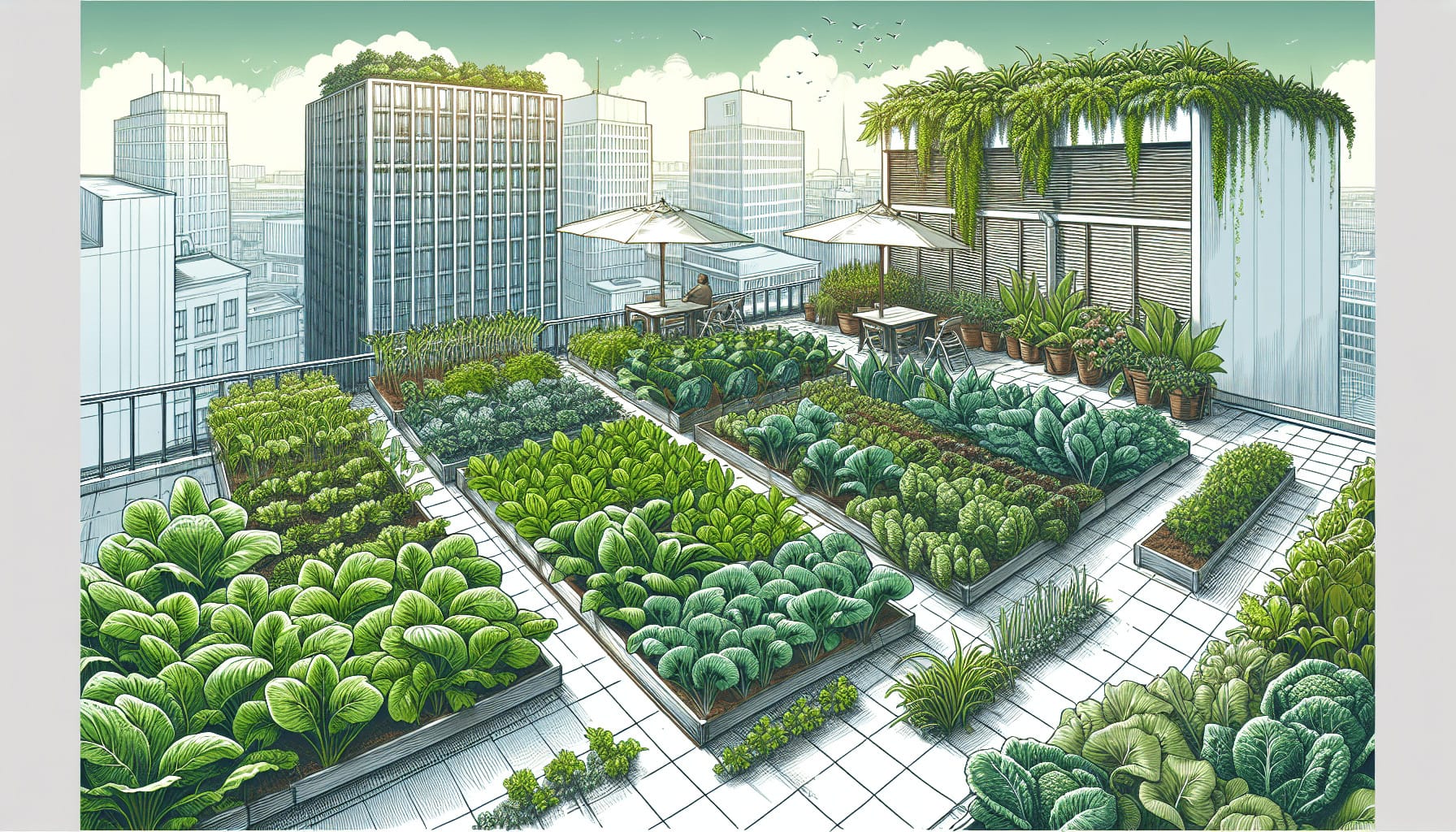What Vegetables Thrive In Shady Rooftop Gardens?
Have you ever considered starting a garden on your rooftop, only to be discouraged by the lack of sunlight? Don’t worry, you can still grow an abundance of vegetables even in shady rooftop gardens. With the right knowledge and plant selection, you can have a flourishing garden no matter how much shade your rooftop receives.
Understanding Light Requirements for Plants
Before selecting the vegetables for your shady rooftop garden, it’s essential to understand the different light requirements for plants. Some vegetables require full sunlight, which means they need at least 6-8 hours of direct sunlight per day to thrive. On the other hand, some plants can tolerate partial shade or even full shade, making them ideal for rooftop gardens with limited sunlight.
When choosing vegetables for your shady rooftop garden, look for those that are labeled as shade-tolerant or partial shade. These varieties are better suited for growing in low-light conditions and will produce a bountiful harvest despite the lack of direct sunlight.
Finding the Right Spot for Your Garden
Even in a shady rooftop garden, there may be spots that receive more sunlight than others. Before planting your vegetables, observe the rooftop throughout the day to determine which areas receive the most light. Place your garden in those areas to maximize plant growth and productivity.
Consider Using Reflective Surfaces
If your rooftop garden is particularly shady, consider using reflective surfaces to bounce sunlight onto your plants. White surfaces, such as painted walls or mirrors, can help redirect sunlight to the plants below. This simple trick can make a significant difference in the amount of light your vegetables receive.

Vegetables That Thrive in Shady Rooftop Gardens
Now that you have a better understanding of light requirements and have identified the best spot for your garden, it’s time to choose the right vegetables to plant. Here are some vegetables that thrive in shady rooftop gardens:
Leafy Greens
Leafy greens are a popular choice for shady rooftop gardens because they can tolerate low-light conditions. Vegetables like lettuce, spinach, kale, and arugula are excellent options for rooftop gardens with limited sunlight. These greens not only grow well in shade but also benefit from cooler temperatures, making them perfect for rooftop environments.
Root Vegetables
Root vegetables are another great option for shady rooftop gardens. Vegetables like radishes, beets, carrots, and potatoes thrive in partial shade and can still produce a plentiful harvest. These crops focus their energy on developing their underground roots, making them less dependent on direct sunlight for growth.
Herbs
Herbs are versatile plants that can grow in a wide range of light conditions, including shady rooftop gardens. Herbs like mint, chives, parsley, and cilantro can thrive in low-light environments and add flavor to your dishes. Planting herbs in containers or hanging baskets is a convenient way to grow them on your rooftop.
Mushrooms
If you’re looking for a unique addition to your rooftop garden, consider growing mushrooms. Mushrooms don’t need light to grow and can thrive in dark, shady areas. You can easily cultivate a variety of mushrooms, such as oyster, shiitake, or cremini, in a compact space on your rooftop.

Tips for Growing Vegetables in Shady Rooftop Gardens
Growing vegetables in a shady rooftop garden comes with its own set of challenges, but with the right strategies, you can still have a successful harvest. Here are some tips for growing vegetables in shady rooftop gardens:
Use Raised Beds or Containers
To optimize growing conditions in a shady rooftop garden, consider using raised beds or containers. These allow you to control the soil quality, drainage, and placement of your vegetables. Raised beds also provide better aeration and root development, leading to healthier plants.
Choose the Right Soil Mix
In a rooftop garden, the quality of the soil is crucial for the health and growth of your vegetables. Opt for a lightweight, well-draining soil mix that retains moisture without becoming waterlogged. Adding compost or organic matter to the soil can improve its fertility and provide essential nutrients to your plants.
Water Consistently
In shady rooftop gardens, plants may not receive as much rainfall as those in sunnier locations. Be sure to water your vegetables consistently to keep the soil moist and provide them with enough hydration. Check the moisture levels regularly and adjust your watering schedule as needed to prevent under or over-watering.
Provide Adequate Nutrients
Since plants in shady rooftop gardens may not have access to as much sunlight for photosynthesis, it’s essential to provide them with ample nutrients. Consider using organic fertilizers or compost to supplement the soil and ensure your vegetables have the necessary nutrients for growth. Regularly feeding your plants will help them thrive despite the limited sunlight.

Conclusion
While gardening in a shady rooftop environment may present challenges, it’s entirely possible to grow a variety of vegetables successfully. By understanding the light requirements of different plants, selecting shade-tolerant vegetables, and implementing the right gardening techniques, you can have a flourishing garden on your rooftop. Experiment with different vegetables, herbs, and even mushrooms to create a diverse and productive rooftop garden that thrives in the shade. Happy gardening!

